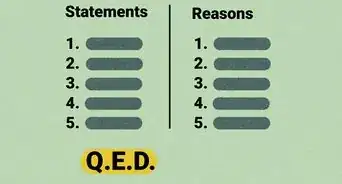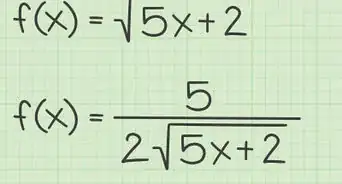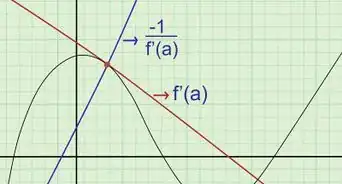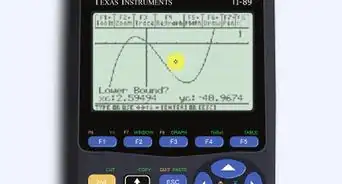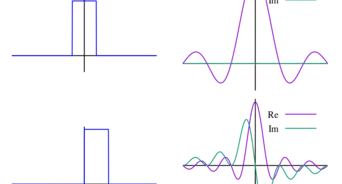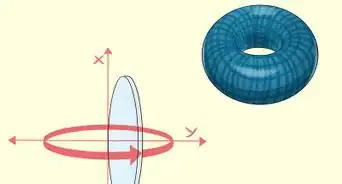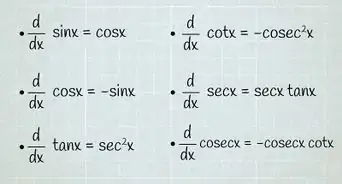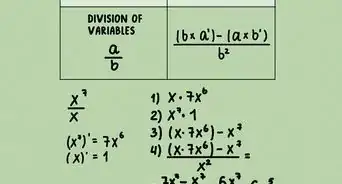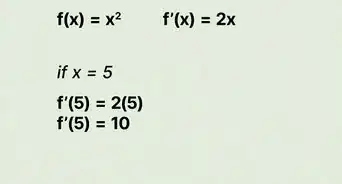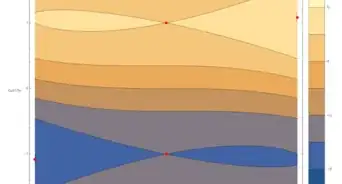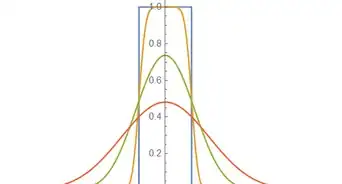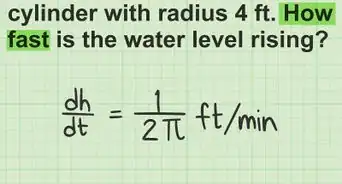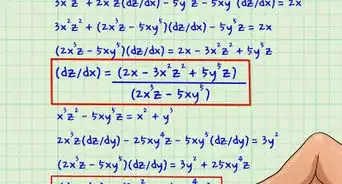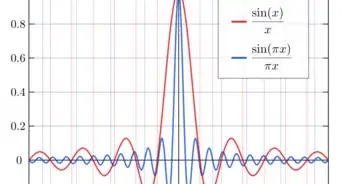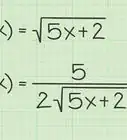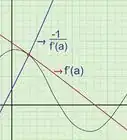wikiHow is a “wiki,” similar to Wikipedia, which means that many of our articles are co-written by multiple authors. To create this article, 12 people, some anonymous, worked to edit and improve it over time.
This article has been viewed 107,847 times.
Learn more...
Infinite series can be daunting, as they are quite hard to visualize. By inspection, it can be difficult to see whether a series will converge or not. A few centuries ago, it would have taken hours of proof to answer just one question, but thanks to many brilliant mathematicians, we can use tests to series convergence and divergence.
The steps below should not necessarily be taken in that order - performing one or two is typically enough. Finding which tests to perform takes practice in recognizing the type of functions that work best with each test, though in general, you should make use of tests further up in this article before going down. Make sure you have a decent understanding of calculus as well.
Steps
-
1Perform the divergence test. This test determines whether the series is divergent or not, where
- If then diverges.
- The inverse is not true. If the limit of a series is 0, that does not necessarily mean that the series converges. We must do further checks.
-
2Look for geometric series. Geometric series are series of the form where is the ratio between two adjacent numbers in the series. These series are very easy to recognize and determine the convergence of.
- If then converges.
- If then diverges.
- If then the test is inconclusive. Use the alternating series test.
- For convergent geometric series, you can find the sum of the series as
Advertisement -
3Look for p-series. P-series are series of the form They are sometimes called "hyperharmonic" series for the way they generalize the harmonic series, of which
- If then the series converges.
- If then the series diverges. Beware the less than or equals sign.
- It is well-known that the harmonic series diverges, albeit very slowly, since just barely fulfills the second criteria. On the other hand, series such as converge. Its sum is known as the Basel problem and is an interesting problem on its own.
-
4Perform the integral test. This test works best when is easy to integrate. Note that must be decreasing, or the series automatically diverges.
- Given a decreasing, continuous function where for all then and both converge or both diverge.
- In other words, we can construct a continuous function out of a discrete series, where the terms between the series and the function are equal to one another. Then, we can simply evaluate the integral to check for divergence. If it is divergent, then the series is divergent as well.
- Going back to the harmonic series, this series can be represented by the function Since (because the logarithmic function is unbounded), the integral test is yet another way of showing the divergence of this series.
-
5Perform the alternating series test for alternating series. These series usually contain a term in it. All other tests in this article pertain to series with all positive terms.
- If for a sufficiently large then converges if the following two conditions hold.
- Put more simply, if you have an alternating series, ignore the signs and check if each term is less than the previous term. Then check if the limit of the series goes to 0.
- It is useful to note that series that converge via the alternating series test, but diverge when the is removed, are deemed conditionally convergent. The alternating harmonic series is one such example, whose sum is
- If for a sufficiently large then converges if the following two conditions hold.
-
6Perform the ratio test. This test is useful for expressions with factorials or powers in them. Given an infinite series find and compute Now let
- The series converges (even absolutely) if , diverges if or and is inconclusive if
- Note that the ratio test doesn't work if for any . In this case, the series has to be rewritten in a way that no zeros are added, or if that is too much work, the root test has to be used.
-
7Perform the root test. The root test is a variant of the ratio test, where The same criteria from the ratio test are used for the root test.
- A stronger version of the root test uses . The criteria are the same, but the limit superior might exist while the limit doesn't. This version of the test also works in those cases.
- The root test is strictly stronger than the ratio test, especially with the limit superior version. There are series for which the ratio test is inconclusive, but the root test is conclusive, even though they work in similar ways.
- Note that the root of the absolute value of is taken.
-
8Perform the limit comparison test. This test involves choosing a sufficient series for which you know the convergence/divergence of, and compares it to a series through a limit. This test is often used in evaluating the convergence of series defined by rational expressions.
- Let Then the series both converge if is finite, or both diverge if
- For example, if you were given a series then it makes sense to compare it to as the highest-ordered term increases/falls off the quickest, and you know the latter is convergent via the p-series test.
-
9Perform the comparison test. This test is generally cumbersome, so use it as a last resort. Given two positive term series and and the kth term of is less than the kth term of then the following are true.
- If the bigger series converges, then the smaller series converges as well, since
- If the smaller series diverges, then the bigger series diverges as well, since
- For example, say we have the series We can compare this to because we can discard the constant terms without affecting the series' convergence/divergence. Because we know that is divergent per the p-series test, and because then it follows that also diverges.
- In this test, it is very important to recognize which series contains the larger or smaller terms. For example, if the smaller series converges, that does not mean that the bigger series converges as well.
Community Q&A
-
QuestionDo I need to apply the divergence test and then state what it tells me about the series?
 Community AnswerThe divergence test is a test on divergence, and nothing more, so it is a rather basic test. Therefore, one typically applies it for series that look divergent right from the start. If your series is less obvious, then other tests are probably more helpful. Whether you need to state what it tells you about the series is dependent on what the problem is asking you to do.
Community AnswerThe divergence test is a test on divergence, and nothing more, so it is a rather basic test. Therefore, one typically applies it for series that look divergent right from the start. If your series is less obvious, then other tests are probably more helpful. Whether you need to state what it tells you about the series is dependent on what the problem is asking you to do. -
QuestionWhat is the infinite sum of "1/n!"?
 Community AnswerIf n starts from 0, then this is the Taylor expansion for the exponential function e^x when we set x = 1, so the answer is e^1 = e.
Community AnswerIf n starts from 0, then this is the Taylor expansion for the exponential function e^x when we set x = 1, so the answer is e^1 = e. -
QuestionWhat is the sum of 12 + 6 + 3 in the infinite geometric series?
 DonaganTop AnswererIf the series is infinite, you can't find the sum. If it's not infinite, use the formula for the sum of the first "n" terms of a geometric series: S = [a(1-r^n)] / (1 - r), where a is the first term, r is the common ratio, and n is the number of terms in the series. In this case a = 3, r = 2, and you choose what n is.
DonaganTop AnswererIf the series is infinite, you can't find the sum. If it's not infinite, use the formula for the sum of the first "n" terms of a geometric series: S = [a(1-r^n)] / (1 - r), where a is the first term, r is the common ratio, and n is the number of terms in the series. In this case a = 3, r = 2, and you choose what n is.









































![\rho =\lim _{{k\to \infty }}{\sqrt[ {k}]{\vert u_{{k}}\vert }}.](./images/2260934892-40bd02f39bf1d6cbed72cbde6e6f3d2aa0ef284d.webp)
![\rho =\limsup _{{k\to \infty }}{\sqrt[ {k}]{\vert u_{{k}}\vert }}.](./images/2105680096-8cd1e8adb417258f721a72a1cdbd8aad30dbbaaf.webp)
















